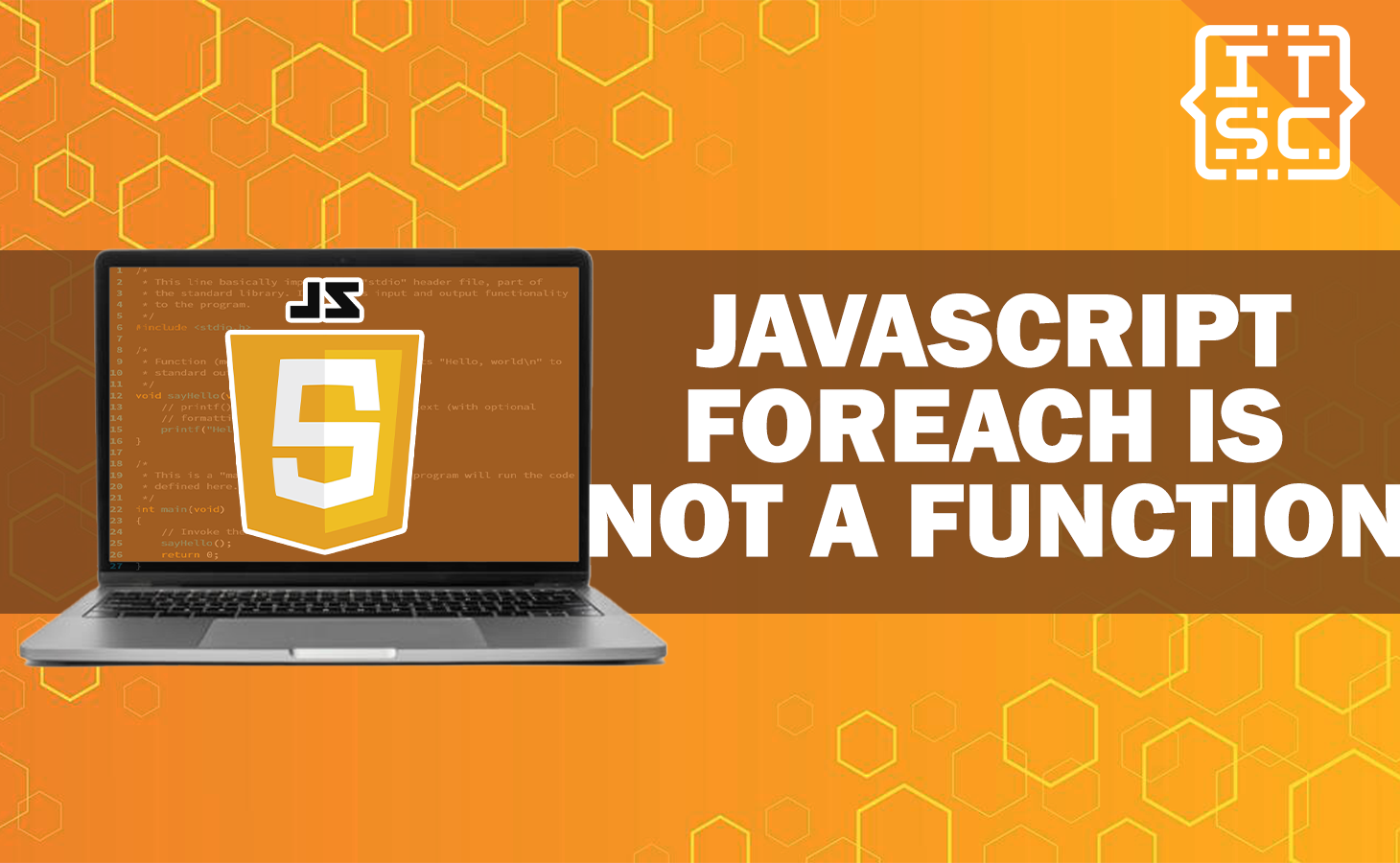Are you a developer encountering the preventive issue of “JavaScript Foreach is Not a Function“? Don’t worry; you’re not alone.
This common block can prevent your coding progress. In this post, we will discuss the reasons behind this error and provide you with methods and examples to overcome it.
What is JavaScript Foreach?
JavaScript is a functional and widely used programming language for web development. It enables you to interact with web pages and create dynamic, interactive content.
The forEach method in JavaScript is a popular choice for iterating through arrays.
Why does the JavaScript Foreach is Not a Function Error Occur?
The error message “JavaScript Foreach is Not a Function” typically appears when you attempt to use the forEach method on an object that is not an array.
JavaScript’s forEach method is designed to work entirely with arrays, so when you try to apply it to something else, you encounter this error.
Common Scenarios and Causes
1. Using forEach on Non-Array Objects
As mentioned earlier, the primary cause of this error is trying to use the forEach method on an object that is not an array. This is a fundamental misuse of the method.
2. Typo or Case Sensitivity
Another common cause of this error is typos or case sensitivity issues in your code. JavaScript is case-sensitive, so make sure you use the correct method name, including capitalization.
3. Undefined or Null Values
If you try to use forEach on an undefined or null value, you will encounter this error. Make sure that your object is properly initialized before applying the method.
Resolving the Error
Now that we have defined the root causes of the “JavaScript Foreach is Not a Function” error, let’s explore some solutions.
Check the Object Type
Before using the forEach method, always double-check that you are working with an array. You can use the Array.isArray() method to confirm the object’s type.
For example:
if (Array.isArray(yourObject)) {
// Apply forEach here
} else {
console.error("The object is not an array.");
}
Check for Typos
Review your code precisely for any typos or case sensitivity issues. Make sure that the method name is spelled correctly and uses the correct capitalization.
Handle Undefined or Null Values
To avoid encountering the error when dealing with potentially undefined or null values, add a conditional check to assure the object is valid before using forEach.
Here’s an example code:
if (sampleObject !== undefined && sampleObject !== null) {
// Apply forEach here
} else {
console.error("The object is undefined or null.");
}
Real Example
Let’s proceed through a practical example to demonstrate how to resolve the “JavaScript Foreach is Not a Function” error.
Suppose you have an array of numbers and you want to square each number using forEach.
Here’s how you can do it:
const numbersValie = [1, 2, 3, 4, 5, 6, 7, 8, 9, 10];
if (Array.isArray(numbersValie)) {
numbersValie.forEach(function (number, index, array) {
array[index] = number * number;
});
console.log(numbersValie);
} else {
console.error("The object is not an array.");
}
Output:
[
1, 4, 9, 16, 25,
36, 49, 64, 81, 100
]FAQs
To solve this error, make sure that you are applying the forEach method to an array and not to other data types. Check for typos, case sensitivity issues, and handle undefined or null values with conditional checks.
No, forEach is designed to work with arrays, not objects. If you need to iterate through an object, you can use a for…in loop or other appropriate methods.
Yes, you can use for…in loops or the Object.keys() method to iterate through objects in JavaScript. These methods are more suitable for object traversal.
Conclusion
In conclusion, we have explored the “JavaScript Foreach is Not a Function” error and provided you with methods and examples to overcome it.
Remember to always check the object type, check for typos, and handle undefined or null values to ensure smooth JavaScript coding.
By following these best practices, you’ll become a more proficient JavaScript developer.

